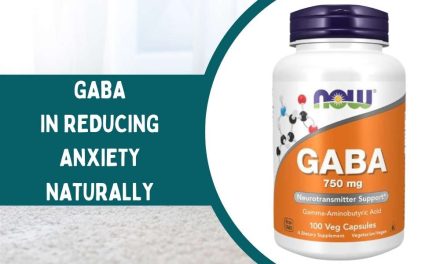Dealing with anxiety and stress can feel overwhelming, especially when traditional methods stop being effective. If you’re ready to step off the beaten path and try something new, these 10 unconventional strategies might just surprise you with their effectiveness.
1. Try Forest Bathing (Shinrin-Yoku)
Forest bathing is more than just a walk in the woods—it’s an immersive sensory experience that connects you to nature. Spend time in a quiet forested area, focusing on the sights, sounds, and smells around you. Studies suggest that this practice lowers blood pressure, heart rate, and stress hormones like cortisol. Plus, being in green spaces can enhance your mood and reduce feelings of anxiety. Don’t have access to a forest? Even a local park or garden can provide benefits.

2. Cold Showers for Calm Minds
Cold exposure might sound harsh, but it has powerful mental health benefits. When you expose your body to cold water, it activates your body’s stress response, helping train your nervous system to handle stress better over time. It also increases endorphins, improves circulation, and enhances your mood. If a full cold shower feels daunting, start by finishing your regular shower with 30 seconds of cold water and gradually increase the duration.
3. Laugh Therapy
Intentional laughter might sound silly, but it works. Laughter reduces stress hormones, improves immune function, and triggers the release of endorphins—your brain’s natural feel-good chemicals. Join a laughter yoga session (yes, they exist!) or watch a compilation of funny videos. Even fake laughter can quickly turn into real laughter, lifting your spirits and melting away tension.
4. Explore Sensory Deprivation Tanks
Also known as floatation therapy, sensory deprivation tanks involve floating in a pool of warm, salty water in a soundproof and lightproof tank. The experience removes external stimuli, helping your brain enter a deeply relaxed state. Floating can reduce stress hormones, alleviate anxiety, and improve sleep. Plus, it’s a unique way to disconnect from the constant buzz of daily life.
5. Acupressure Mats
Acupressure mats are studded with tiny plastic spikes that stimulate your pressure points when you lie on them. Initially, the sensation might feel intense, but within minutes, your body begins to relax as endorphins are released. Regular use can help relieve muscle tension, promote better sleep, and calm your mind. It’s like having a mini acupuncture session without leaving your home!
6. Aromatherapy Beyond Lavender
Lavender is a classic go-to for stress relief, but there’s a world of essential oils waiting to be explored. Bergamot is uplifting and calming, clary sage helps balance emotions, and ylang-ylang is known for its soothing properties. Try adding a few drops to a diffuser, mixing them with carrier oils for a calming massage, or simply inhaling them directly from the bottle.

7. Declutter to Destress
Clutter can be a subtle yet significant source of stress. Physical clutter often translates into mental clutter, making it harder to focus and relax. Spend 20-30 minutes decluttering a specific area like your desk, kitchen counter, or closet. The process can feel therapeutic, and the end result—a tidy, organized space—can create a sense of calm and control in your environment.
8. Engage in Random Acts of Kindness
Helping others is a powerful way to shift your focus away from stress and anxiety. Acts of kindness, no matter how small, release oxytocin, often called the “love hormone,” which fosters feelings of happiness and connection. It could be as simple as complimenting a stranger, leaving an encouraging note for someone, or donating to a cause you care about.
9. Scream Therapy
When words aren’t enough to express how you feel, screaming can be a cathartic release. Find a private space—a pillow, a car, or a remote outdoor area—and let out a primal scream. This practice can help you release pent-up frustrations and reset your emotional state. It may sound unconventional, but many find it incredibly liberating.
10. Try “Cloud Watching”
Cloud watching is a simple yet deeply relaxing activity. Lie on your back, look up at the sky, and watch clouds drift by. Focus on their shapes, movements, and textures. This childlike activity helps ground you in the present moment, promoting mindfulness and offering a mental break from racing thoughts. Bonus: it’s free and requires no special equipment!
Final Thoughts
These unconventional techniques may seem unusual, but they can provide a fresh perspective on managing anxiety and stress. The key is to experiment with what resonates with you and be open to trying new things.
Have you tried any of these methods? What unconventional stress-busting tips have worked for you? Share your experiences below—we’d love to hear your story!
read more: Difference between chronic and acute sress
We might recomend helpful products and if you buy through our links ,we may earn a commssion.






